




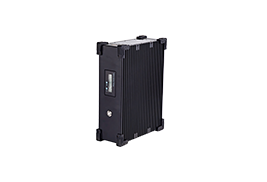


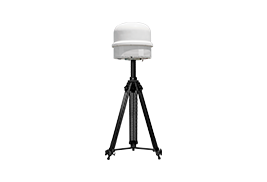




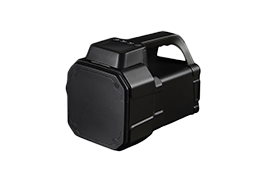
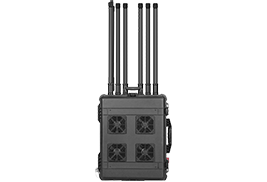
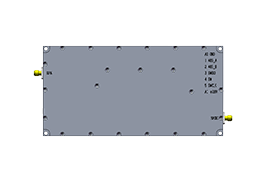
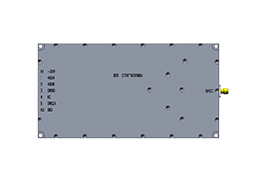
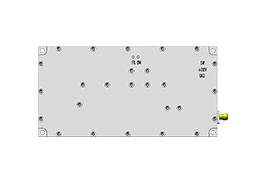


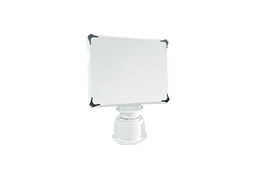
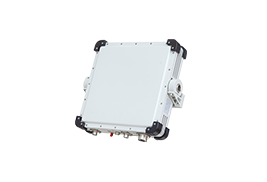



 X
X







 GLOBAL / ENGLISH
GLOBAL / ENGLISH

The persistent threat of IEDs in conflict zones has prompted militaries around the globe to integrate bomb disposal jammers into their tactical arsenals. These jammers play a pivotal role in the modern battlefield, where controlling the electronic spectrum can mean the difference between life and death.
Integration in Military Strategies
Bomb disposal jammers are not standalone tools but are part of a broader strategy involving electronic warfare, surveillance, and reconnaissance. These systems are integrated with other military assets to ensure comprehensive battlefield awareness and security.
System Capabilities
Interference Creation: By generating powerful electronic interference, these jammers prevent the activation of IEDs by blocking the signals sent by enemy forces.
Modular Systems: Many military jammers are modular, allowing for adjustments based on the mission's specific needs and the threat landscape.
Remote Operation: To minimize risk to personnel, bomb disposal jammers can be operated remotely, providing a buffer zone that keeps military and civilian personnel safe.
Case Studies
Several military operations have demonstrated the effectiveness of bomb disposal jammers. In regions like the Middle East and parts of Africa, where IED threats are prevalent, these devices have significantly reduced casualty rates and enhanced mission success.
Future Directions
The future of military operations will increasingly rely on electronic and cyber warfare capabilities. Enhancements in bomb disposal jamming technology will focus on improving signal precision, reducing collateral interference, and integrating artificial intelligence to predict and counteract emerging threats.
Conclusion
The strategic implementation of bomb disposal jammers is a testament to the evolving nature of military tactics in the digital age. As threats become more sophisticated, the tools to counteract them must advance correspondingly, underscoring the importance of continuous innovation in military technology.












